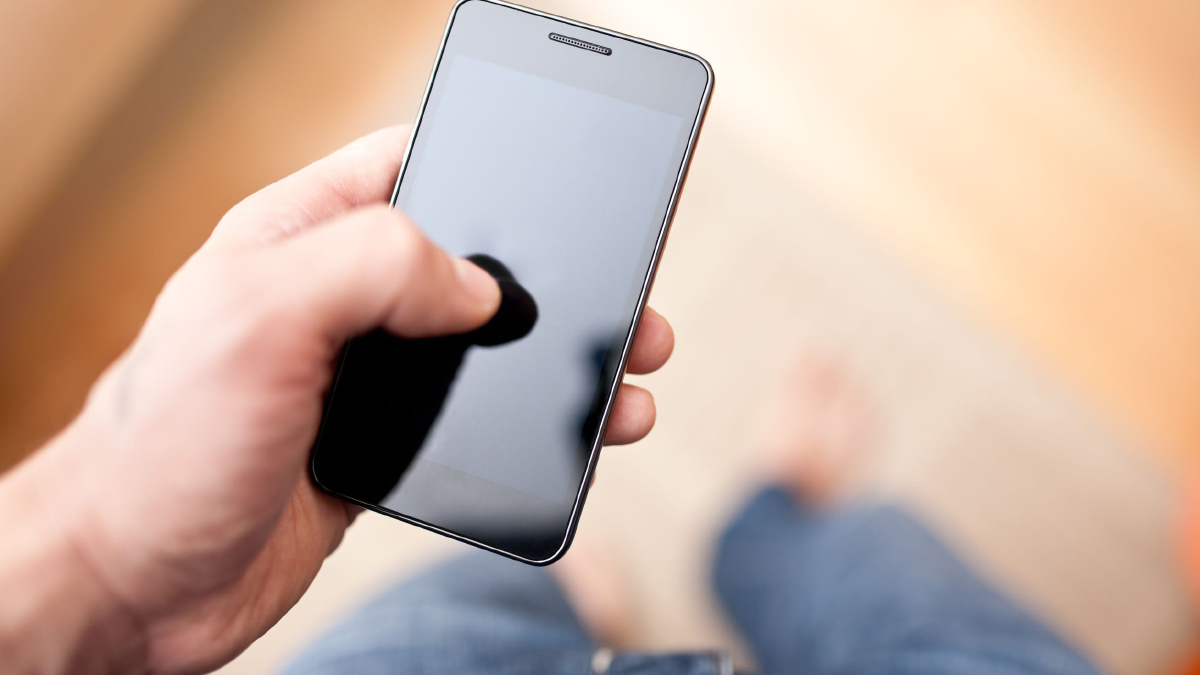Texas, Florida, and Puerto Rico have experienced Mother Nature at her worst. Hurricane Harvey has displaced over 60,000 and left 63 dead. Hurricane Irma left two million Floridians without power and added 22 casualties. Recent estimates of Hurricane Maria’s damages include 51 deaths, and 90 percent of Puerto Rico’s 3.4 million people are still without power.
While these alarming figures and heartbreaking photos of devastated communities circulate, many are begging for someone to help. Someone usually means the government.
The federal government, particularly President Trump, has been taking the brunt of considerable anger, frustration, and shock over ineffective state-based relief. Among other criticisms, the president was told he’s going “straight to hell” by musical artist Lin-Manuel Miranda for not providing enough aid to Puerto Rico. Trump was also dismissed by Retired Lieutenant General Russell Honoré, who told news reporters, “the mayor [of San Juan] is living on a cot. I hope he [Trump] has a good day at golf.”
One of the greatest challenges in disaster relief is providing medical care, because unlike basic survival goods, medical care is personalized. Often after severe storms pass, medical practices and pharmacies shut down or run out of supplies. This leaves those with pressing medical needs without help, sometimes for weeks. When government struggles to provide enough food and water, it flounders to help those with urgent medical needs.
Thankfully, medical technology is working to fill that void. Phone apps are providing much needed, but undersupplied, relief for hurricane victims.Let’s begin in Houston. CirrusMD, an app which puts patients in contact with physicians via text or video chat, helps provide the displaced with medical care. Its creator, Dr. Brian McKinney, is currently allowing the app to be downloaded and used free of charge. For those unable to see their physicians, the services provided by this app could be lifesaving. To provide sufficient medical demand, CirrusMD is working with the physician network at University of Texas Southwestern Medical Center, which provides 650 patient access points.
LiveHealth Online, another firm, provides disaster relief with a medical app offering telehealth consultations with physicians and psychologists. The consultations provide medical assistance for smaller medical issues such as cuts, colds, or sprains, but they can also help victims get prescriptions through board-certified doctors.
LiveHealth also offered its relief efforts to victims of Tropical Storm Irma in Florida. Displaying both humanitarian virtue and entrepreneurial insight, company president John Jesser said, “After the devastation in Texas and Louisiana, we want to make sure the people of Florida who may be displaced or not be able to get to their regular healthcare providers can get access to quality care on their smartphone or tablet at no charge should they need it.”
LiveHealth was just what the doctor ordered. In September, 102 senior citizens in Orlando were evacuated when their assisted-living facilities lost power. By partnering with Florida Hospital, an acute-care health organization, LiveHealth extended its network into cities with older populations including Orlando, Tampa, and Daytona Beach.Even in the aftermath of Hurricane Maria, technology is providing relief. Irvin Maldonado, living in northeastern Ohio, struggled to reach his loved ones in Puerto Rico with conventional communication methods due to power outages. Irvin was finally able to reach them by using WhatsApp, a popular messaging app that provides users with reliable voice and video calling via phone data instead of phone lines or internet.
After making contact, Maldonado echoed the feelings of many when he told Fox News, “It’s just a relief to hear that, you know, ‘we’re okay.’” Where significant relief is needed, WhatsApp may have provided the greatest relief possible, peace of mind. As of July 2017, WhatsApp had over 1.3 billion monthly users.
When disaster strikes, relief is needed. While much attention goes to government relief efforts, technology innovations increasingly provide victims with medical care and much-needed communication. Although telemedicine may not be the preferred method to deliver medical care, in times of disaster relief it may be the best, and in some cases the only, option available.
As communities are rebuilt and damage estimates are updated, the critical role of technology and innovation in disaster relief is often overshadowed, and it’s a shame. The relief they have provided in the last few months has clearly been no drop in the bucket.








